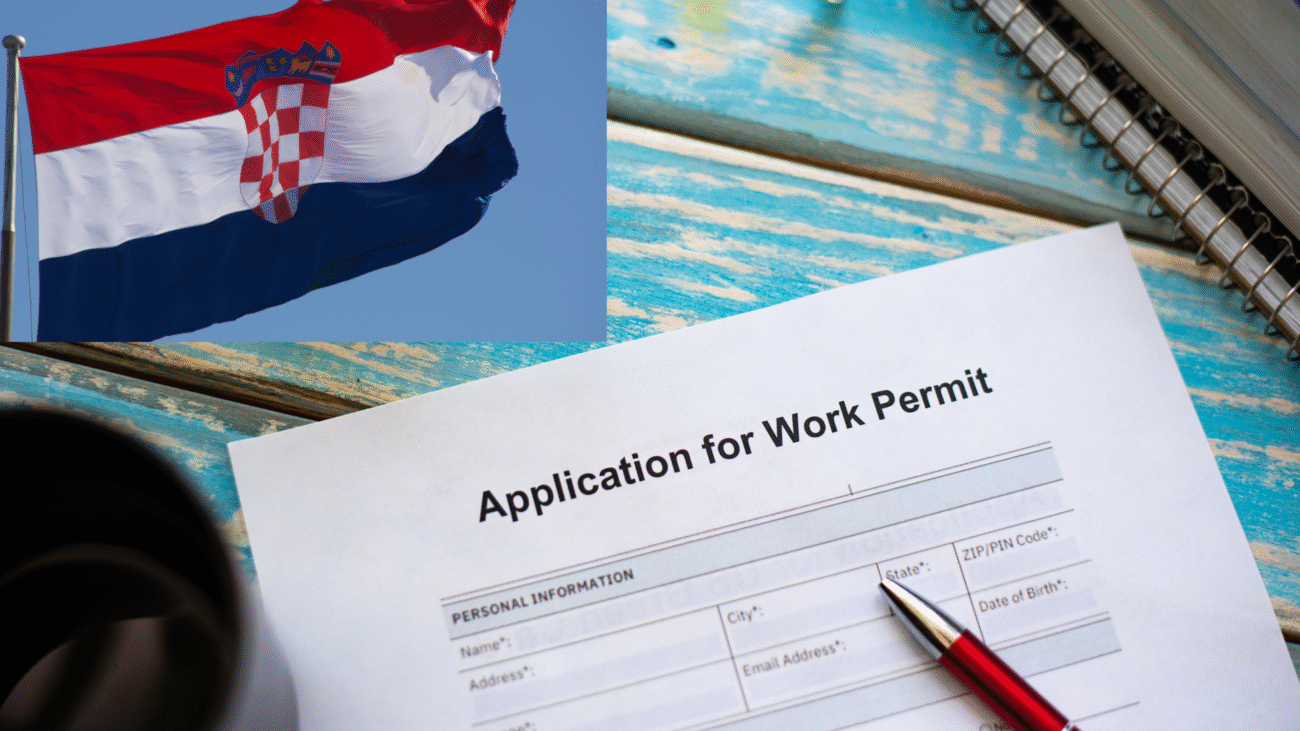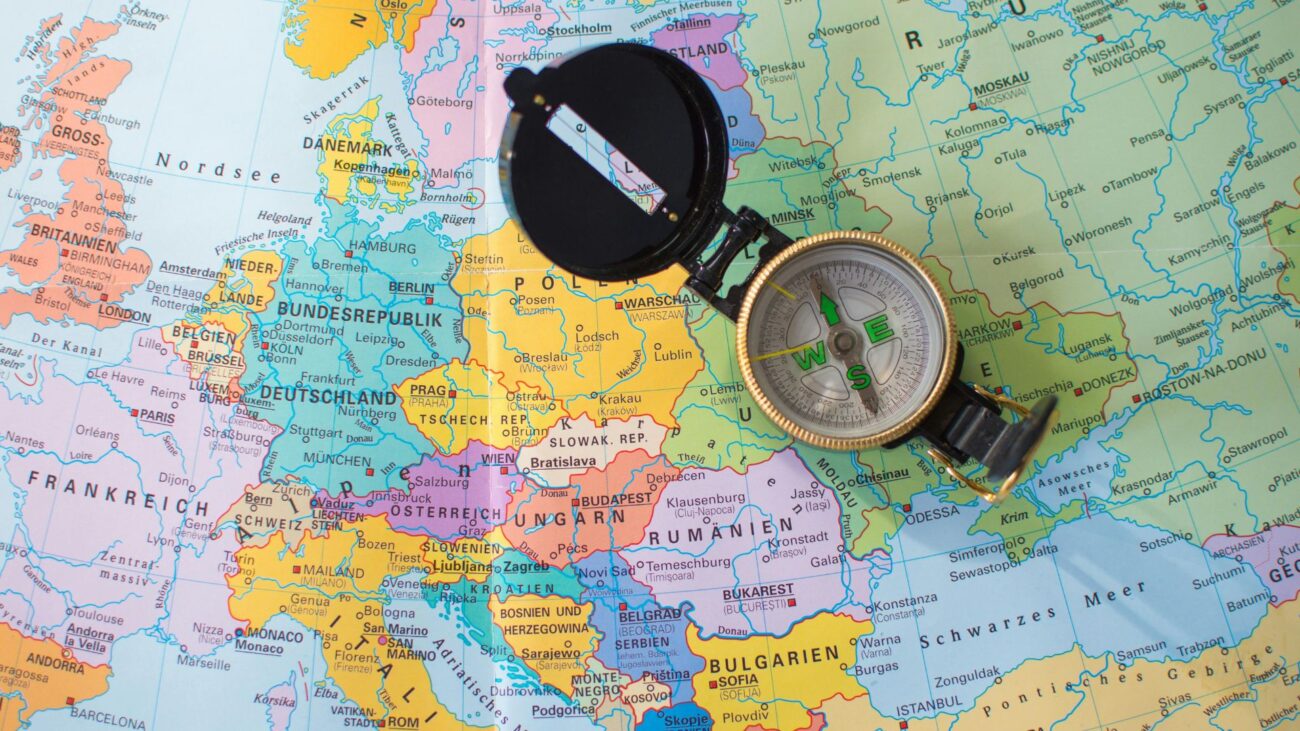EU to Replace Passport Stamps with Biometric Entry/Exit System (EES) — Key Facts & What It Means

The EU will start operating the Entry/Exit System (EES) on 12 October 2025. EES replaces manual passport stamping by digitally recording entry/exit data and storing travellers’ biometrics (photo + fingerprints). It applies to non-EU nationals entering Schengen countries (both visa and visa-exempt travellers). Expect phased roll-out through 10 April 2026. European Commission
What the EES does (short)
- Replaces manual passport stamps with an electronic record of entry and exit. Travel Europe
- Collects travellers’ biometric data (facial image and fingerprints) on first use; later arrivals are checked against the record.Data-Held-By-EES
- Tracks authorised stay length automatically (helps enforce the 90 days in 180 days rule). travel-expense.finance.columbia.edu
Official timing & rollout
- Start of Operations: 12 October 2025 (progressive start across Schengen/participating countries). European Commission
- Phased Implementation Window: Gradual roll-out toward full operation by 10 April 2026. Member states will adopt the system at different paces.
Who is affected?
- Non-EU nationals entering the Schengen area: both short-stay visa holders and visa-exempt travellers (e.g., many African and Western passport holders).
- The system is for Schengen/participating countries (list and specifics on travel-EU site). Note: countries outside Schengen (e.g., Albania, Serbia) are not directly included unless they adopt compatible arrangements. European Western Balkans
Data retention & privacy
- Entry/exit records and biometrics are kept in the EES database (standard rules apply; e.g., 3 years retention for normal records; retention may be extended for overstayers). National access controlled under EU rules. IMI Daily
Practical impact for travellers (including Nigerians)
- No more passport stamps at Schengen border control — your arrival/departure will be recorded electronically.
- First trip after EES goes live: Expect additional time at passport control for biometric enrolment (photo + fingerprints) — allow extra time at airports/borders.
- Better stay-tracking: Easy to check remaining days; overstaying is easier for authorities to enforce.
Why this matters to EasyJapa & our clients
- EES strengthens the EU’s border management — legal sponsorship routes are more robust and preferred. Clients using verified, sponsored job routes (the EasyJapa model) are in a stronger position than informal/irregular routes. Migration and Home Affairs
- Travellers from countries with visa exemptions will still be subject to biometric checks — we should inform clients to factor extra time for first-entry checks.
Sources:
- European Commission — Press release: Commission sets the launch date for the Entry/Exit System to 12 October 2025. European Commission
- EU Home Affairs — Entry/Exit System (EES) overview & FAQs. Migration and Home Affairs
- Travel-Europe (official EU travel info) — EES page explaining operation and traveller impact. Travel Europe
- Bloomberg / The Guardian / major outlets — reporting on EES and practical implications. Bloomberg











